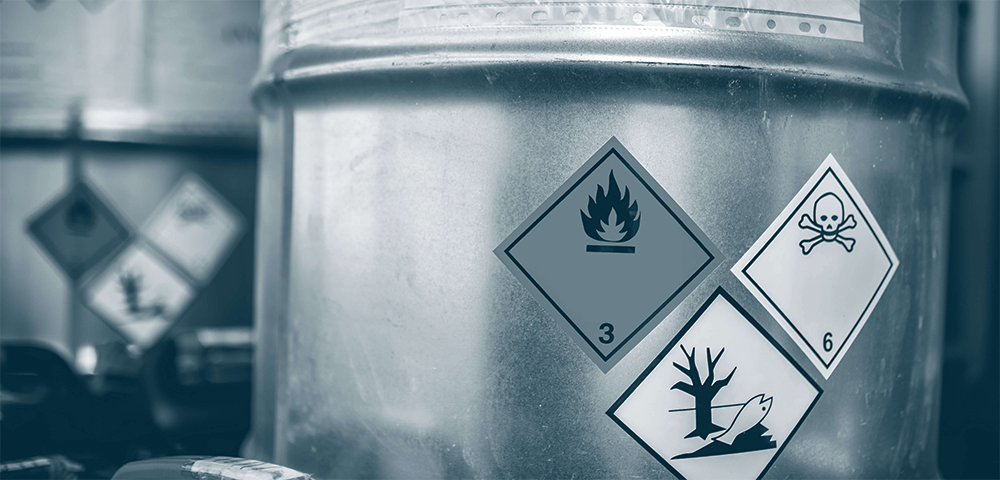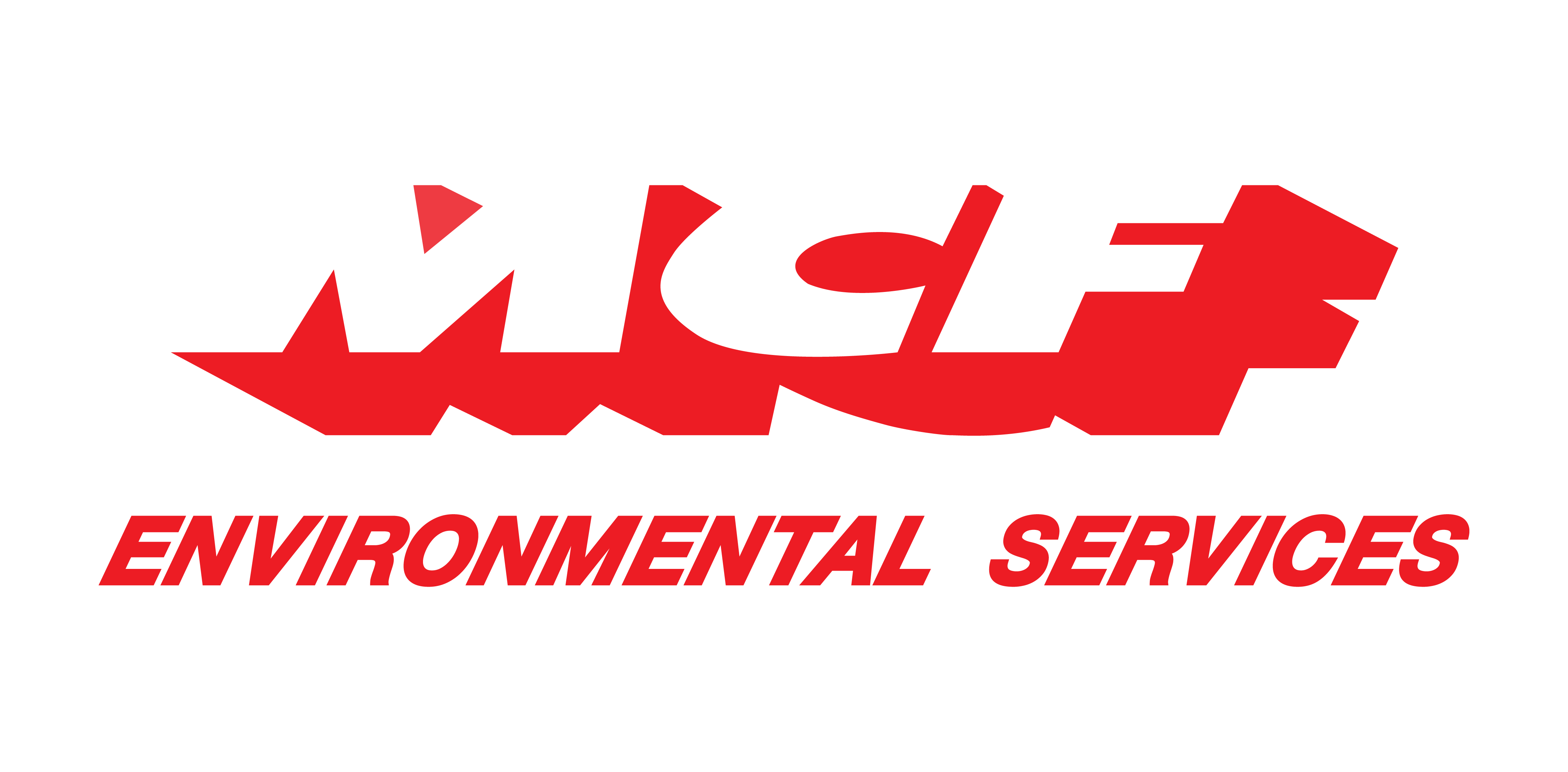
/ IN THIS BLOG
If you don't follow federal and state regulations for labeling hazardous waste, you and your facility may be at risk for fines and penalties due to non-compliance. Improper packaging and labeling of hazardous waste is also dangerous, not only to the environment, but to anyone who handles the waste from its point of origin to its final disposal.
Labels on hazardous material containers alert people in a clear, easy way about the dangers of that waste. If labels aren't accurate—or are missing altogether—people have no way of knowing what they are handling.
01 / Properly Label Hazardous Waste
Turn to experts when it comes to labeling hazardous waste. Also be familiar with the Resource Conservation and Recovery Act (RCRA) and the Occupational Safety and Health Administration (OSHA) rules for handling hazardous waste for guidance. The Environmental Protection Agency (EPA) also provides information on hazardous wastes.
The Code of Federal Regulations (CFR) Title 40 262.34 covers guidelines for generators of hazardous waste. Any hazardous waste generator who stores or disposes such waste is also required to comply with 40 CFR parts 264 – 266 and parts 268 and 270.
All hazardous waste containers (of any kind) are to be labeled with the words ‘Hazardous Waste’. The labels must also to contain important information that includes:
Generator contact information
Waste characteristics, such as ignitable, corrosive, toxic, or reactive – as found on the RCRA F, K, P and U listed wastes. These can be found on the EPA site here. A listing of such wastes can also be found in the federal code in 40 CFR Part 261.
Any relevant Environmental Protection Agency or EPA hazardous waste code (based on listed waste)
Proper Department of Transportation (DOT) shipping name (review 49 CFR Section/§ 172)
Accumulation start date
Yes, it is a lot to review and remember, but doing so is essential not only for compliance, but safety.
02 / About the Accumulation of Hazardous Waste Start Date – Does it Matter?
Do you have to keep track of accumulation of hazardous waste start dates? Yes! A large quantity generator is required to ship all hazardous material every ninety days. Therefore, the label must include that important accumulation start date.
If you're ever inspected or audited, this information must be present and accurate. Failure to comply with this regulation increases the risk of financial consequences and even stricter penalties, depending on the severity of the offense. Penalties will be determined based on whether it is a first violation versus being a persistent problem.
03 / Using Proper Placards on Hazardous Waste
Hazardous waste placards attached to any container storing hazardous waste contains crucial information, such as whether the contents of the drum are flammable, corrosive, and so forth.
For example, some hazardous materials can't get wet. Ensuring the placard is properly created with a correct EPA waste code will inform firefighters to use foam rather than water if there were an accident involving that waste.
Without proper identification and details regarding the waste on the placard, transporters or first responders might be put at needless risk if anything unexpected happened during transport of that waste.
Proper labeling is not merely about avoiding fines or punitive actions. It's about ensuring the safety of anyone who comes in contact with that waste.
04 / Ensure Labels and Hazardous Waste Manifests Match
All information on the labels should match hazardous waste manifests. This helps to ensure accuracy in regards to what information is placed on both the label and the manifest. This practice also aids first responders in case of an accident. If firefighters or police officers can't get safely to the actual drum or container for whatever reason, they can review the transport manifest and know how best to approach any particular accident and containment processes. The same is true vice versa - if they can't reach the manifest, the pertinent information will be included on that yellow label on the drum or hazardous waste container itself.
05 / Use Common Sense with Hazardous Waste Labels
Always follow the letter of the law when it comes to use and application of hazardous waste labels and execute their placement with good judgment. For example, the label needs to be in a clear and visible place on the drum or container. Emergency response crews (or anyone, for that matter) must be able to obtain timely and accurate information from that label.
Maintain a level of consistency with all hazardous waste labels. Everyone creating and dealing with such labels needs to be trained in their application. They must all use the same system to reduce the risk of confusion. This helps ensure less ambiguity about what the information on the label actually means.
06 / Key Takeaways
For additional information about how to properly and safely label your hazardous waste, contact the experts at MCF Environmental Services today. With over 30 years of experience in hazardous and infectious waste management in Alabama and throughout the U.S., we provide customized services to take care of your waste management needs.
Every hazardous waste label should identify the drum or container as hazardous, and it should include other information such as your generator details, hazardous waste codes, DOT shipping name, and accumulation state date.
Hazardous waste is potentially very dangerous. Accurate and properly placed labeling helps you avoid fines, but it also keeps people safe during storage and transport processes, as well in case of an accident.
Be careful, accurate, consistent, and logical about how you label your hazardous waste.
Robert Losurdo
President, COO








